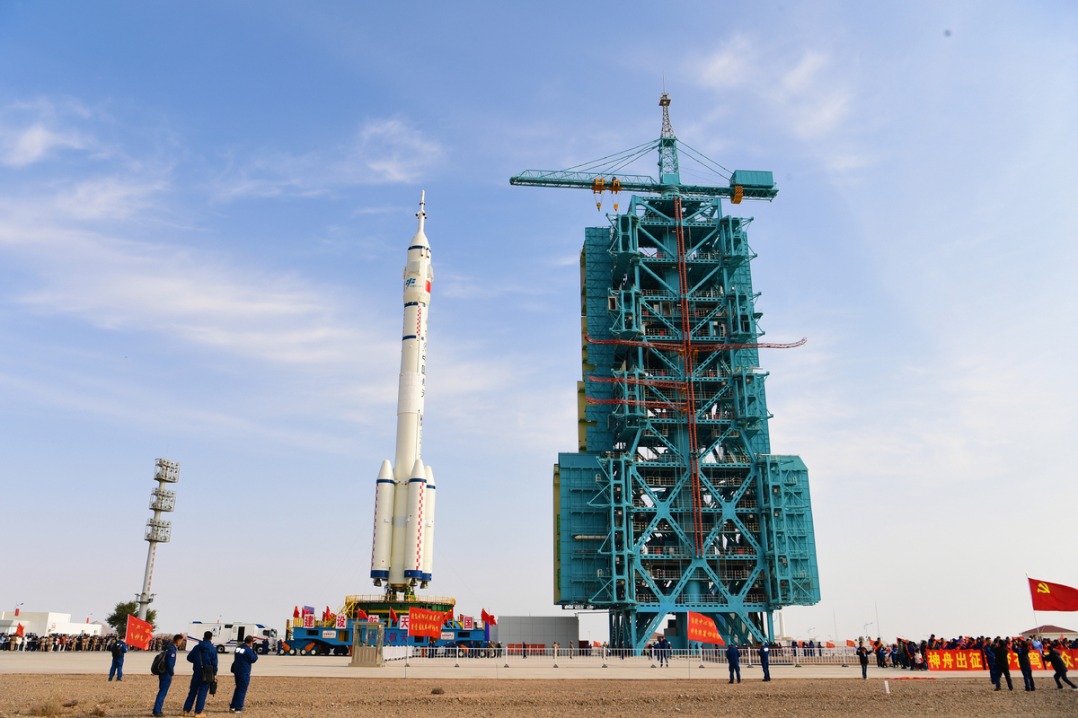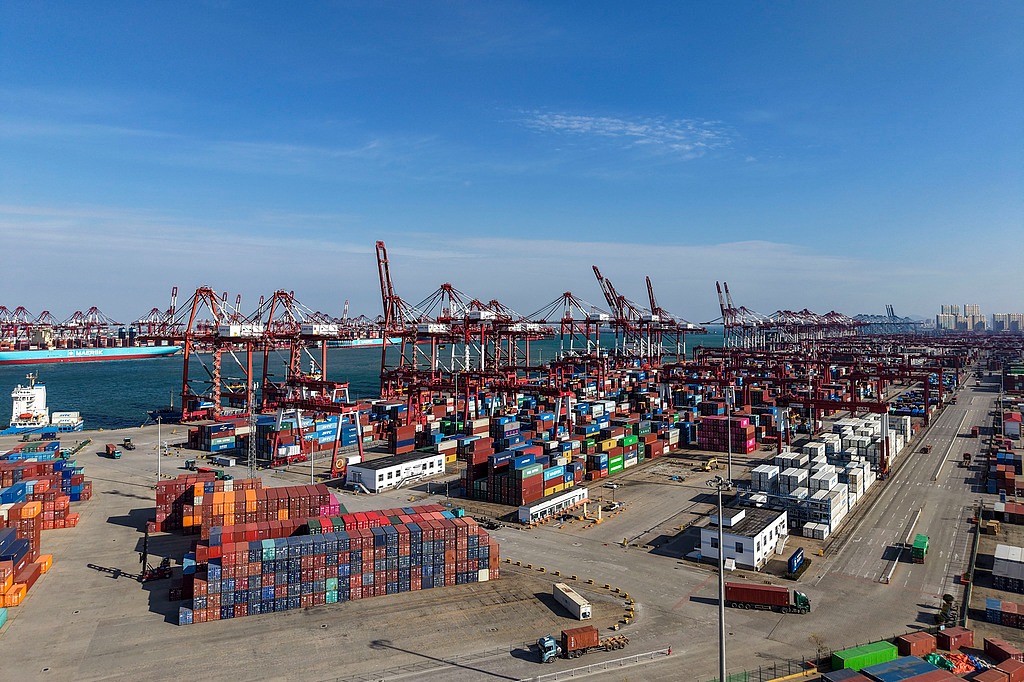CHINA ADVANCES GEOLOGICAL AND MARINE EXPLORATION TECHNOLOGIES


Editor's note: A series of breakthroughs have been achieved in geological and marine exploration technologies, strengthening the nation's capacity for resource discovery, environmental monitoring and scientific research both on land and at sea.
5,000-meter Intelligent Geological Drilling Equipment
China's 5,000-meter intelligent geological drilling technology and equipment represent a major advance in deep-Earth exploration. Breakthroughs in intelligent control, automation, lightweight design and modular construction have enabled automated control of drilling and 90 percent automation at the wellhead. The technology has reached an internationally advanced level, with several features leading globally. It supports industrial upgrading and provides essential technical capacity for deep resource exploration.
Geology 1 Hyperspectral Small Satellite
Launched on May 17, the Geology 1 Hyperspectral Small Satellite is China's first satellite dedicated to geological research. Using advanced hyperspectral imaging, it can detect and identify geological resources and environmental elements with high precision. Weighing 83 kilograms, the satellite orbits 520 kilometers above Earth in a sun-synchronous path. It provides high-resolution, wide-spectrum imaging that greatly enhances the country's ability to conduct independent remote sensing for resource exploration, mineral monitoring and natural resource surveys.
Lightweight Airborne Gravimeter
The GIPS-1A is a compact airborne gravimeter that can be mounted on various platforms, including unmanned aircraft, survey ships and submersibles. It measures local gravity anomalies in motion, supporting fields such as resource exploration, geodesy, geophysics, marine science, defense and space research. Sharing a similar design with the internationally recognized AIRGrav, the GIPS-1A stands out for its small size, light weight, high precision, strong environmental adaptability and reliability.
Ground-airborne Transient Electromagnetic System
Developed to tackle challenges in rough terrains, the ground-airborne transient electromagnetic system integrates unmanned and intelligent technologies. Drones are used for data collection, removing the constraints of difficult environments such as deserts, forests and wetlands. The system has shown outstanding performance in mineral exploration and geological hazard surveys in complex regions, including Guizhou province and the Xinjiang Uygur autonomous region. Developers are working with industry partners to advance commercialization and expand its applications.
Multiband Intelligent Ocean-bottom Seismometer
Developed by the Guangzhou Marine Geological Survey in 2017, the multiband intelligent ocean-bottom seismometer is a key tool for marine geophysical research. Deployed on the seafloor, it records seismic wave signals to create detailed images of subsea geological structures. The device is widely used in marine resource exploration, geophysical studies, earthquake monitoring, microseismic observation and subsea carbon sequestration projects.
Field Rapid Analysis and Testing Platform
The field rapid analysis and testing platform enables on-site testing for geological surveys, mineral exploration and environmental monitoring. Mounted on a vehicle, it can analyze 69 major and trace elements using portable hyperspectral instruments and other devices. Delivering lab-quality results in the field, the platform offers environmentally friendly and efficient analysis. Since 2023, it has been deployed in 12 projects across a variety of terrains, including mountains, plateaus, grasslands, deserts and tropical rainforests, significantly shortening the time needed for mineral exploration.
Deep-ocean Drilling Vessel Meng Xiang
The Meng Xiang, China's first domestically designed and built deep-ocean drilling vessel, marks a major step forward in oceanic research. Measuring 179.8 meters long and 32.8 meters wide, it has a displacement of 42,600 metric tons and a range of 15,000 nautical miles. Capable of sustaining operations for up to 120 days and accommodating 180 crew members, the vessel can withstand typhoons up to level 16, with wind speeds at around 200 km/h. Equipped with an advanced hydraulic lifting rig that can drill as deep as 11,000 meters, the Meng Xiang integrates oceanic scientific drilling, deep-sea oil and gas exploration, and gas hydrate testing — supporting China's exploration of the Earth's deep structures.
SOURCE: CHINA GEOLOGICAL SURVEY
Today's Top News
- China targets increasing average life expectancy to 80 years
- Xi chairs symposium to solicit non-CPC personages' opinions on drafting five-year plan recommendations
- Nation's green tech in mining highlighted
- China's growth brings chances for US too
- Greater sophistication new hallmark of foreign business
- Session charts predictability through new plans






























